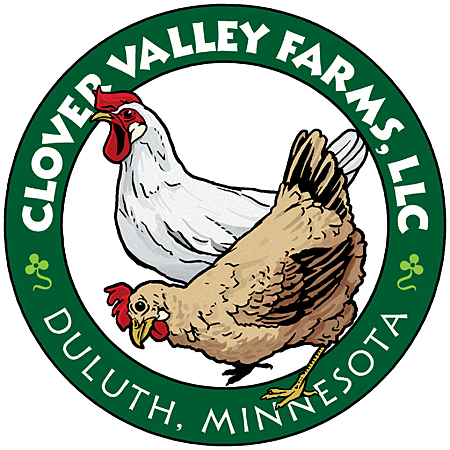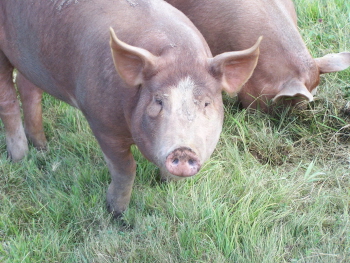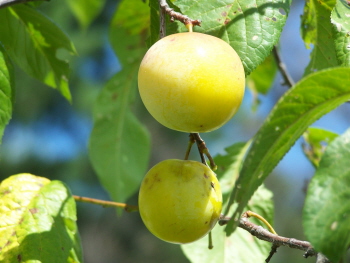Poultry Production
Feed
Through 2010, Cindy and Jeff fed all their poultry species an organic ration designed for chickens (Table 4). Their initial research and consultation with others indicated that with a full complement of minerals, flax oil, and other key ingredients, the same feed meant for chickens could work as well for turkeys and ducks. In 2009, they processed their Pekin ducks at 7 weeks and averaged 4 lbs per bird – the size people wanted, and suggesting that the feed worked well.
Starting in 2011, however, Cindy and Jeff switched to species-specific rations. They found that although a single type of feed simplified ordering and could meet their poultry’s nutritional needs, they saved money with species-specific rations because the birds’ needs were met more efficiently. Their ducks spent time in the orchard in 2011 and foraged more overall than in 2010, so they can’t directly compare the two years; but Cindy and Jeff cut duck feed costs by up to one-third in 2011, which they attributed in part to a switch to a “duck grower” ration. They also felt that using a turkey starter in 2011 helped improve turkey growth from what they saw in 2010 (see Table 10), as turkeys need more protein than chickens in the early stages of growth.
Jeff and Cindy use organic feed, though they don’t anticipate pursuing organic certification themselves. They would consider it if they sold more to wholesale outlets where customers didn’t know them. Currently, however, their emphasis is on direct sales through word of mouth (see Marketing > Models > Direct Sales), which involves frequent visits to the farm by customers who can see Jeff and Cindy’s practices firsthand.
Educator’s Perspective: Resource Tip Cindy and Jeff use organic feed and like being able to communicate to others that they use sustainable practices, but they must follow certain rules about using the word “organic” on labels or in promotional materials due to strict regulations relating to organic certification. The following resources provide good baseline information on organic certification: Minnesota Guide to Organic Certification MOSES Organic Certification Guidebook1 Minnesota Department of Agriculture, Organic Agriculture Program University of Minnesota Organic Ecology Program ATTRA Organic Farming Resources 1MOSES also has a Farmer Transition hotline at 1-888-551-GROW (4769) for questions about soil building, weed and pest control, livestock, and certification paperwork. |
The amount of feed that Jeff and Cindy use varies by species and stage of growth (Table 4). They fill feeders for broilers in the evening, which helps the birds produce body heat on cooler nights and prevents overheating on warm days. They add enough feed to ensure that some is left in the morning, then remove any uneaten feed during the day to encourage foraging on pasture (see also On-Farm Research). Jeff and Cindy also feed layers enough so that it is finished each day, and they monitor feed amounts by manually checking keels (based on a Body Condition Scoring System for Layer Hens) to ensure hens are neither too skinny nor too fat; both of which would drive down egg production.
|
Feed Type |
||
|
certified organic chick starter ration, 21% crude protein content |
certified organic chick grower ration, 19% crude protein content |
certified organic layer ration,2 17% crude protein content |
Laying Hens (and males) |
0.25 lb. |
0.25 lb. |
1 lb. |
Cornish Broilers |
0.3 lb. |
0.4 lb. |
n/a |
Red Broilers |
0.3 lb. |
0.4 lb. |
n/a |
Ducks |
0.6 lb. |
0.6 lb. |
n/a |
Turkeys |
0.5 lb |
0.5 lb. |
n/a |
1See text under Feed for explanation of switch to species-specific rations in 2011.
2The calcium content in the layer ration provides for egg shells but can be damaging to younger birds, so a layer ration is used only after they start laying eggs.
 |
 |


